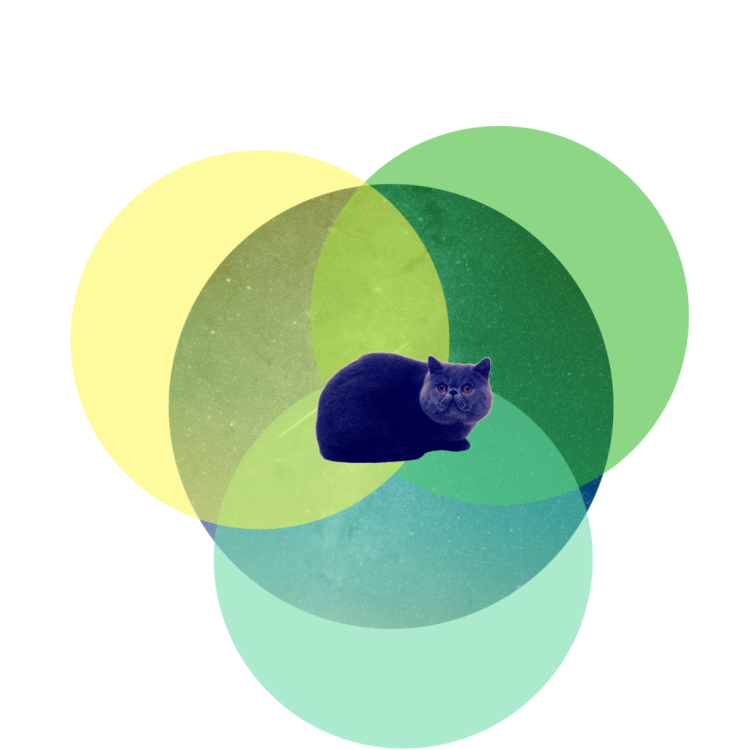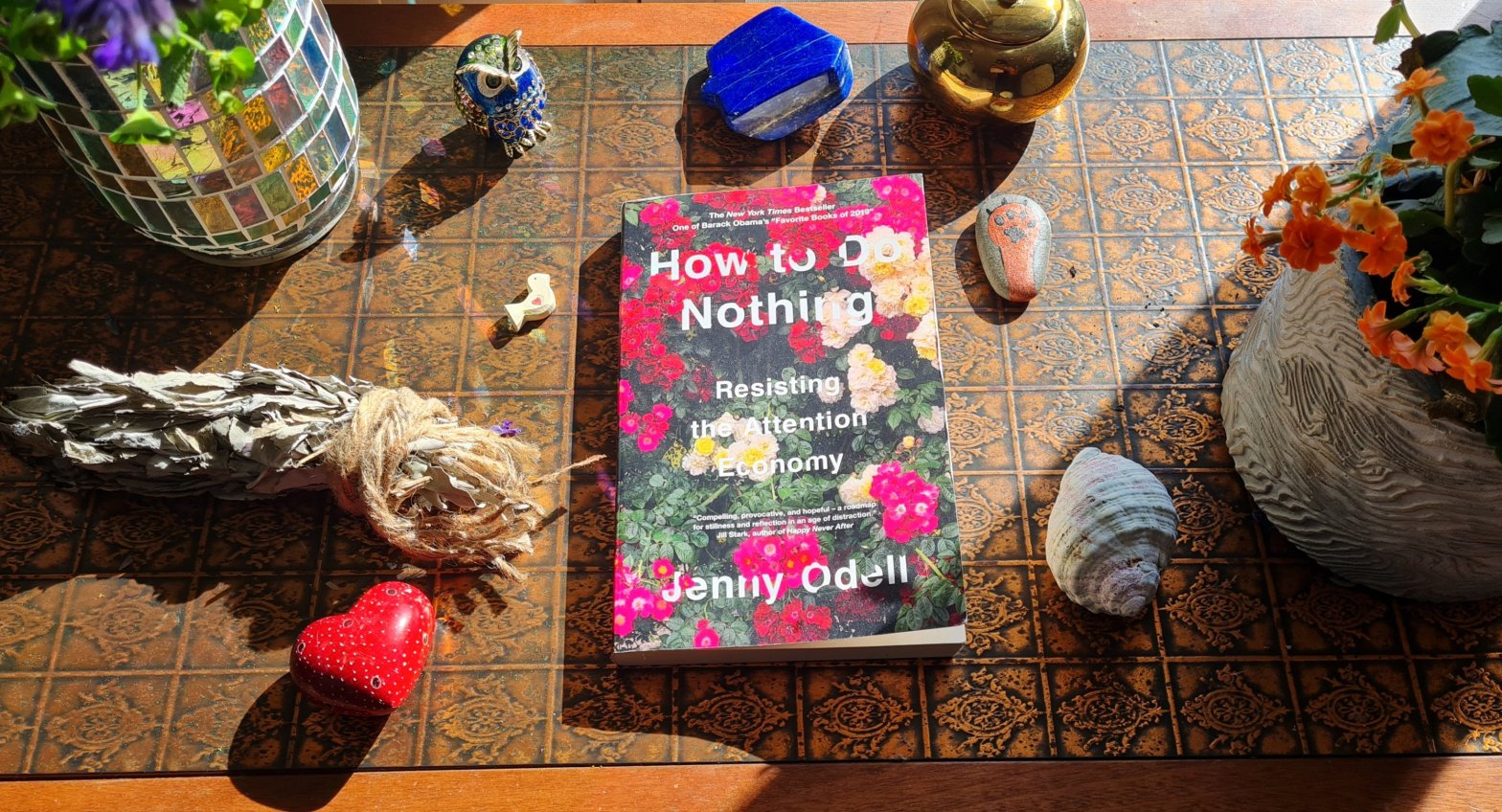I didn’t expect much from this book and was delightfully surprised by its immense depth and foresight. ‘How to Do Nothing’ is a profound and glittering jewel about the big topics of politics, internet culture, consumerism, capitalism and consciousness. It takes well-worn assumptions about how you spend your time and the tyrannical monopoly of banal “stuff” on your attention – and then rearranges your brain forever!
Rating: 🌟🌟🌟🌟🌟
Genre: Non-Fiction, Philosophy, Art, Internet Culture, Politics.
Publisher: Black Inc Books
Review in one word: Prescient
There is so much to this book that every second page I underlined with a pencil and wrote notes in the margins about it ( This is a bad habit I know, however I love looking back on my own notes and underlines I’ve made in years gone by in profound parts of books).
When considering this book in the shop, I read in the blurb that it’s one of Barack Obama’s favourite books and this clinched it for me that there was pure gold within its pages.
The title is somewhat misleading in a good way. ‘How to Do Nothing’ is a broad and expansive non-fiction journey spanning Odell’s personal memories, and her reflections on philosophy, technology, art, culture, human consciousness, other-than-human worlds of animals and plants and attention itself.
The book shares a lot of conceptual overlap with two other thought-provoking books about the cult of productivity which I have previously reviewed, Svend Brinkmann’s ‘The Joy of Missing Out’ and Standing Firm: Resisting the Self-Improvement Craze’.
An individual body can be healed, and it can become healthy. But it can’t necessarily become optimised, it’s not a machine after all. I think the same holds true for the social body [of humanity].
The idea of human body as a machine to be optimised has its origins in the industrial age. A famous painting Der Menschen als Industriepalast by Fritz Kahn comes to mind.

There are so many different ideas in this book that it is difficult to narrow them down here to just a few. Here is what I gleaned from this book and my many underlined pages.
Bioregionalism
The idea that we inhabit places that are alive with consciousness, plants and animals each embodying the place alongside of us, populating places with intelligences if we only pay attention to their existence, really listen, and understand their diverse voices. If we fail to pay attention and to bear witness to our interdependence with all other beings, we pose a mortal danger to ourselves and to them.

Cultural desertification: We have much to learn from ecology
A community in the thrall of the attention economy feels like an industrial farm, where our jobs are to grow straight and tall, side by side, producing faithfully without ever touching. Here, there is no time to reach out and form horizontal networks of attention and support- nor to notice that all of the other non-productive lifeforms have fled. Meanwhile countless examples from history and ecological sciences teach us that a diverse community with a complex web of interdependencies is not only richer but more resistant to take over.
Online censorship = a barrage of banal content that distracts people
Everybody says that there is no censorship on the internet, but that is not true. Online censorship is applies through an excess of banal content that distracts people from serious or collective issues.

Activism and collective action requires space and time for dialogue to happen
Incubation time is needed for when individuals want to communicate with others or to maintain coherent trains of thought. There are concrete requirements to dialogue, without space and time, these dialogues will not only die, they will never be born in the first place.
The act of withholding attention is a rebellious act of resistance
It is also an act of self-love to withhold attention and focus upon something steadying and grounding from nature.
The act of refusing to comply to the 9-5 rat-race is a radical act of protest
Against mindless bullshit jobs and groupthink, against endless growth capitalism. When people passively and non-violently resist this conformity (as evinced with Extinction Rebellion and others) this peaceful resistance is seen as a threat to the system, because it trivialises and ridicules those who follow that system.

The tyranny of the attention economy
Our attention is our last vestige of personal freedom. Yet we give our sacred attention away so willingly and carelessly to advertising, junk media, misanthropic hateful voices and misinformation online.
The above insights from the book are only the very tip of the iceberg. There is an enormous and deep berg beneath where Odell has buried rich treasures for you to discover. This is a five star masterpiece of non-fiction about the state of the world and the state of your mind as it interfaces with technology, highly recommended!



Thanks for the recommendation. This one has been on my radar that last year or so, but I haven’t pulled the trigger. You’re sold me, though! I’ll need to pick it up in between book club reads. 😊
LikeLiked by 1 person
Oh brilliant! I think you will really enjoy it Erin 😊
LikeLiked by 1 person